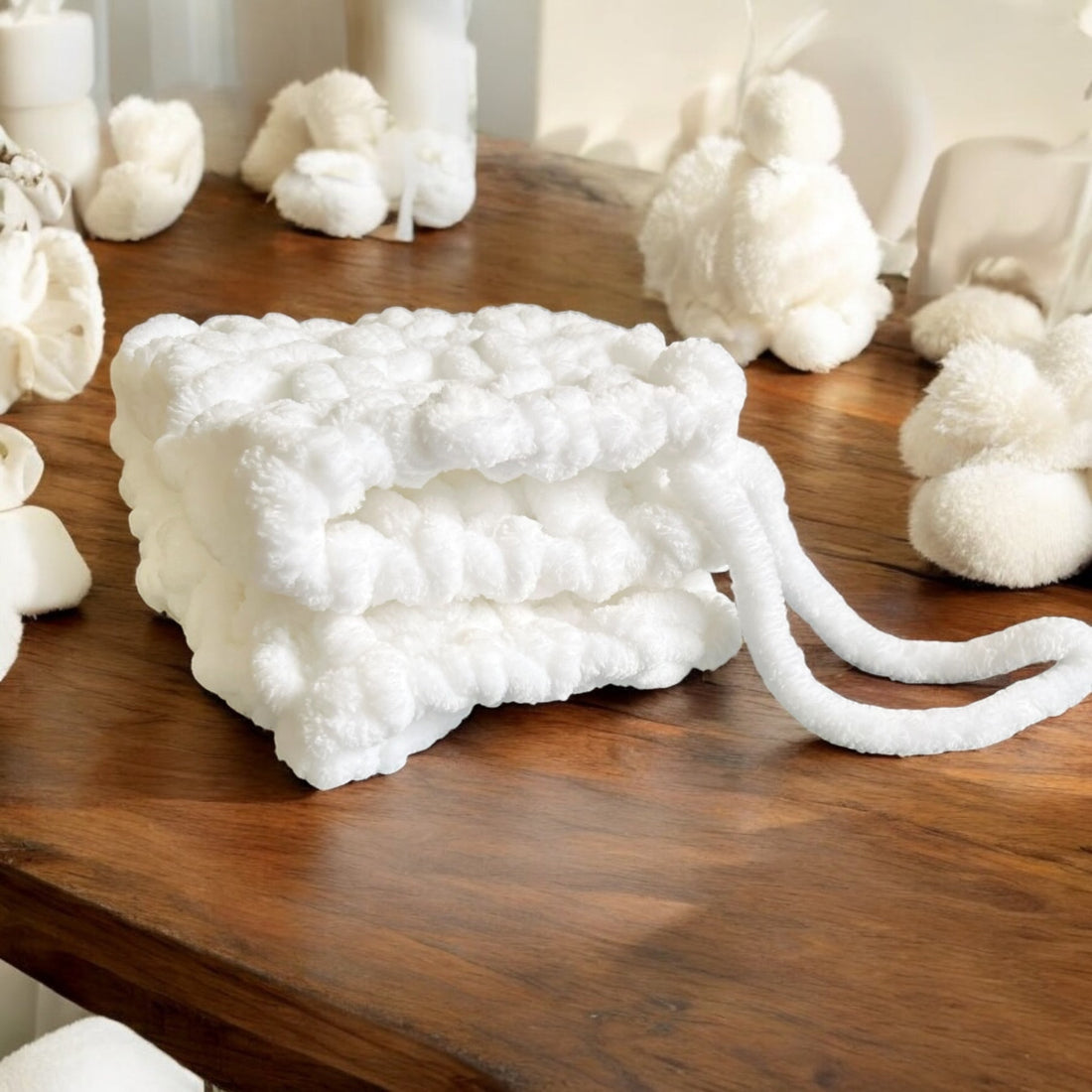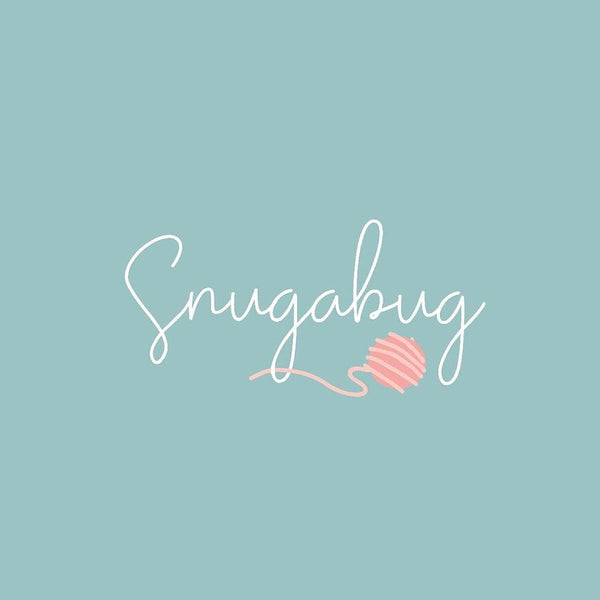
Helping Your Baby Sleep Independently with the Comfort of a Snuggle Square
Share
💤 How Comfort Objects Help Babies Sleep
(and Settle Without You)
One of the biggest challenges for new parents? Getting their baby to sleep independently — especially without being held, rocked, or nursed every time. While there’s no one-size-fits-all sleep solution, one gentle tool that can make a big difference is a comfort object — also known as a lovey, security blanket, or cuddle toy.
At SnugaBug, we’ve seen our handmade Snuggle Squares bring peace and calm to countless bedtime routines. Here’s how they work — and how they can help your little one sleep soundly (and settle without you).
🧸 What Is a Comforter?
A comfort object is any soft, familiar item that a baby associates with safety and calm. It might be a plush bunny, a soft blanket, or a mix of both — like our Snuggle Bunnies, designed to be held, snuggled, and loved.
Most babies begin to show strong attachment to comfort objects between 6 and 12 months, which is also when they start learning to sleep for longer stretches and cope with separation.
🌙 How Snuggle Squares Support Better Sleep
1. They provide emotional security
A Snuggle Square acts as a stand-in for you — especially during nap time or when baby wakes during the night. The soft texture, familiar scent, and comfort of their snuggy helps them feel safe even when you’re not in the room.
2. They support self-soothing
Instead of needing to be rocked or fed to sleep, many babies learn to settle themselves by cuddling their comfort object — rubbing it, holding it close, or stroking it as they drift off.
3. They build routine
Introducing a Snuggle Square as part of your nap and bedtime rituals helps baby recognise that it’s time to rest. When paired with dim lighting and calm voices, the lovey becomes a powerful sleep cue.
4. They’re portable and consistent
Whether baby’s at nursery, staying with grandparents, or just napping in the pram, a snuggle square gives them a sense of familiarity — which is key for reducing sleep disruptions in new environments.
🐇 Why Choose a SnugaBug Comforter?
Our Snuggle Bunny Loveys are designed with everything your baby needs in mind — softness, safety, size, and sensory comfort.
-
Made with ultra-soft, hypoallergenic plush
-
Gentle enough for sensitive skin
-
Easy to hold and carry (Standard and XL sizes available)
-
Handmade in the UK with love and care
-
Machine washable — because real life gets messy
Each Snuggle Square or Snuggle Bunny comforter is crafted to be a sleep-time companion, a calming cuddle buddy and a treasured part of your child’s routine.
👉 Shop the all the comforters here
🕰️ When Can You Safely Introduce a comforter?
You can begin introducing a comfort object around 6 months, during supervised awake times and pre-sleep cuddles. By 12 months, most babies can safely sleep with a lovey in their cot. Always follow the Lullaby Trust and safe sleep guidelines in your region.
💗 A Small Soft Friend, A Big Step Toward Independence
Sleep can be one of the toughest parts of early parenthood. But with the right comfort tools — like a lovingly made Snuggle Bunny — your baby can begin to feel secure, settle themselves, and sleep longer (which means you get more sleep too).
Looking to add a little calm to your bedtime routine?
🛒 Explore our handmade comforters and give your little one a friend they’ll love for years.
📸 Share Your Sleepy Snaps – Get a £5 Store Credit!
We love seeing little ones snuggled up with their SnugaBug comforters — and we’d love to see yours too! If you’ve captured a sweet moment of your baby snoozing with their Snuggle Square or Snuggle Bunny, share it with us! Each month, we’ll select our favourite photos to feature on our Instagram and website — and the chosen ones will receive a £5 SnugaBug store credit as a thank-you.
💤 Just email your photo to snug.a.bug20@gmail.com — we can’t wait to see your little sleepers in action.
